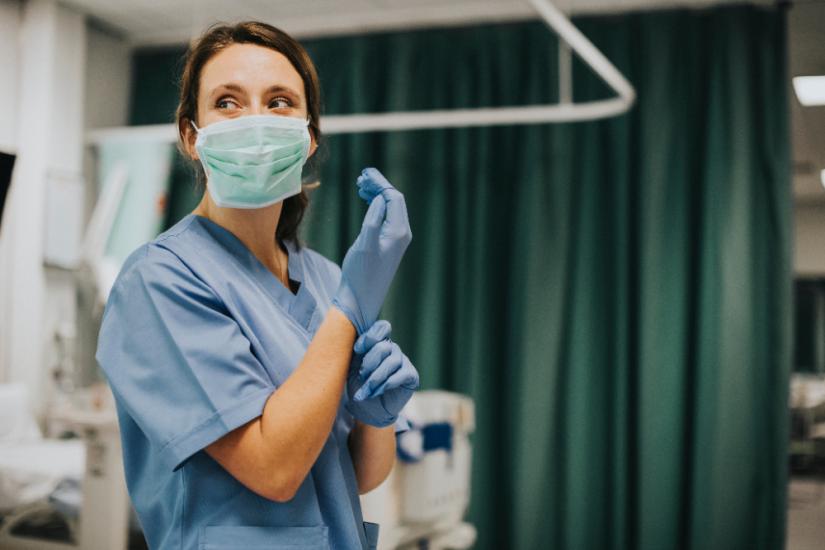The Cardiac Society of Australia and New Zealand (CSANZ) Cardiovascular Nursing Council has published a Call to Action in a special issue of the academic journal Heart, Lung and Circulation.

Image: Adobe Stock.
The Cardiac Society of Australia and New Zealand (CSANZ) Cardiovascular Nursing Council has published a Call to Action in a special issue of the academic journal Heart, Lung and Circulation, to bring attention to climate and environmental impact on cardiovascular nursing practice and recommend climate implications be considered in cardiovascular patient care.
Environmental health ultimately determines human health. Environmental hazards such as extreme heat, erosion, pollution, drought, bushfires, floods, dust storms, and tropical cyclones, and their impact on cardiovascular health will increase as our climate deteriorates.
Lead author Professor Sally Inglis, Heart Foundation Future Leader Fellow at the University of Technology Sydney, and recent past-Chair of the CSANZ Cardiovascular Nursing Council says the nursing profession is well placed to lead necessary interdisciplinary planning and adaptation.
Strategies to optimise nursing preparation, immediate response and adaptation to climate emergencies are crucial to ensure those at greatest risk, including First Nations peoples, are protected from potentially avoidable harm.
Professor Sally Inglis
“Nurses are the single largest profession in the Australian and New Zealand health workforce, working across primary and acute care services, and providing critical care coordination and service delivery.
“Strategies to optimise nursing preparation, immediate response and adaptation to climate emergencies are crucial to ensure those at greatest risk, including First Nations peoples, are protected from potentially avoidable harm. Professionals who manage climate consequences must also understand the impact of their care on the root cause of the problem.”
People living with cardiovascular disease and those at risk of cardiovascular disease are particularly vulnerable to the impact of climate change. Each one-degree Celsius increase in temperature is associated with a six per cent increase in cardiovascular disease and increases in hospitalisations.
CSANZ Cardiovascular Nursing Council is calling on the healthcare industry to adapt and embed environmental health and disaster preparedness into routine care such as patient education, counselling, pre-discharge assessment and discharge planning.
Read the paper: Cardiovascular Nursing and Climate Change: A Call to Action From the CSANZ Cardiovascular Nursing Council, published in the journal Heart, Lung and Circulation.
Read the full article: Cardiovascular nursing and climate change: A call to action

